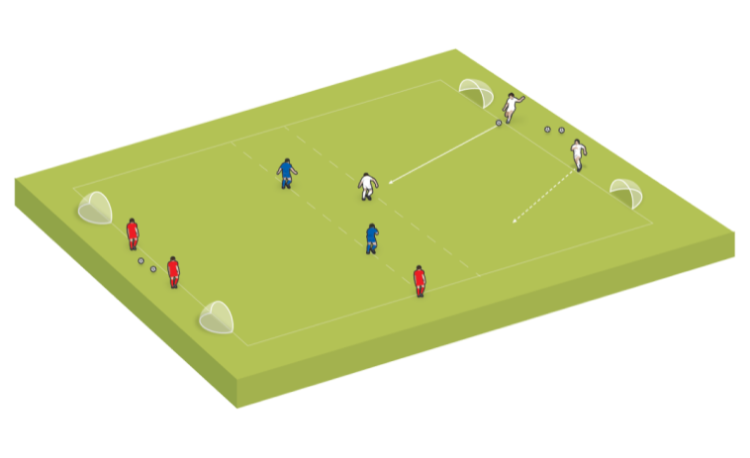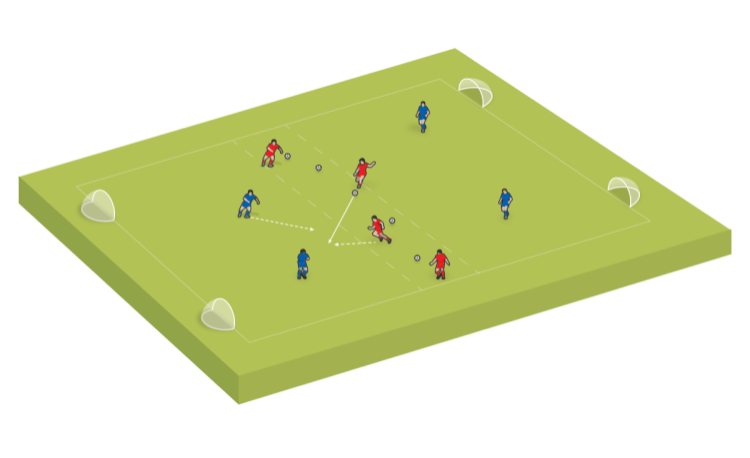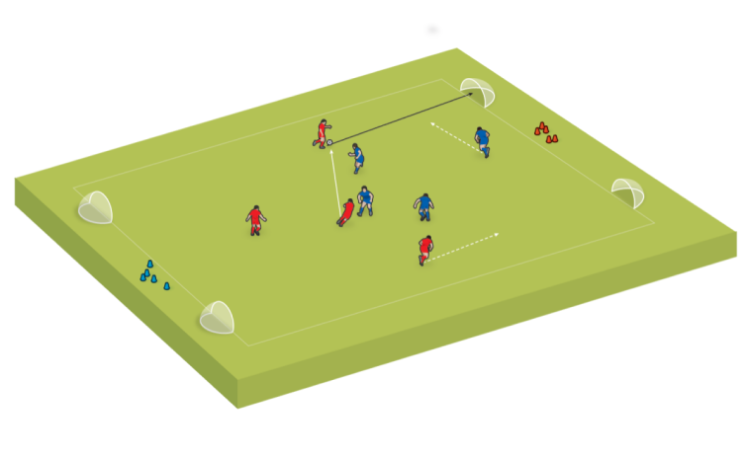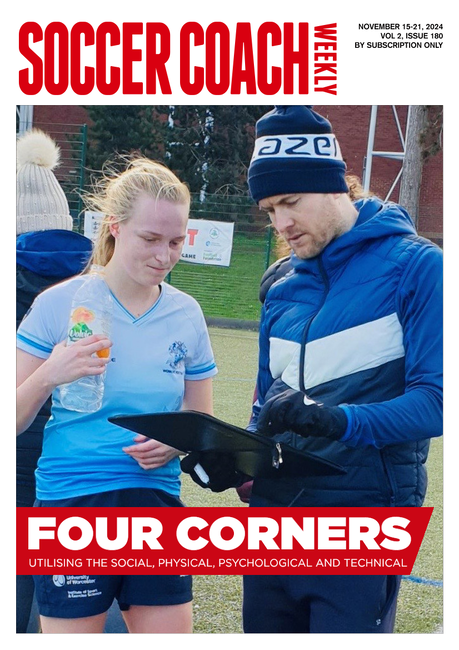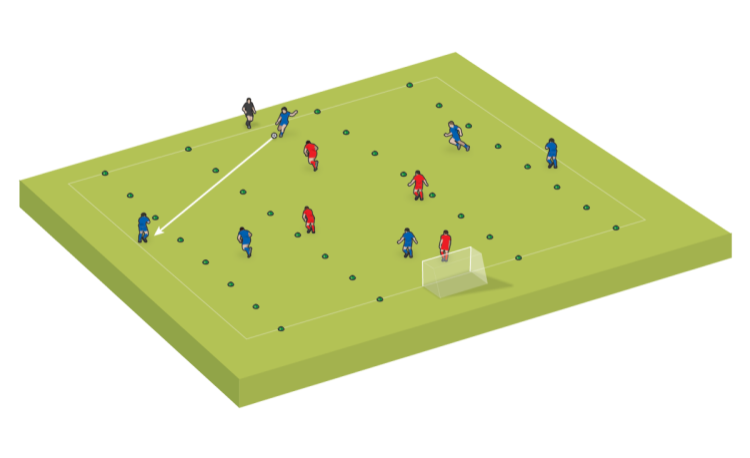What are attacking overloads?
If you have an extra player in the final third, it opens up a world of options and creates a multitude of problems for the defence. Here’s how to get the most out of your attacking overloads
In soccer, ’overloads’ refers to situations where one team has more players than the other on a particular area of the field.
Attacking overloads, therefore, occur when the team in possession has a numerical advantage over the defending team.
Benefits of attacking overloads
Put simply, having an attacking overload means a team has a better chance of scoring.
Having more players means more passing options and more things for defenders to think about – whether to stay with the player on the ball or track a runner, for example – which can draw them out of position and create space for the attacking team.
How do overloads occur?
Some overloads occur naturally due to the shape of a team.
For example, if Team A sets up in a 4-3-3 formation, while Team B uses a 4-4-2, Team B has an overload in the midfield.
Other overloads may be created during play. In a 4-3-3 v 4-4-2 match-up, if the three strikers on Team A have the ball in the final third and are joined by a midfielder and full-back, they have an attacking overload of 5v4.
Overloads on a pitch are constantly changing – all it takes in this example is a midfielder from Team B to track back, and the overload is eliminated as it becomes 5v5. Therefore, it is very important for players to be able to identify overloads and exploit them when they can.
Many overloads also occur in transition, the moment in a game where possession switches from one team to the other.
Transitions are all about which team reacts the quickest – awareness and speed can allow the team that wins the ball to create an attacking overload in transition.
Common attacking overloads
Overloads can come in many variations, but 2v1s are perhaps the most common.
You will often see 2v1s when two attacking players attempt to isolate a defending full-back on the wing.
A 3v2 is also common and may be seen, for example, if three attacking players isolate two centre-backs in the middle of the attacking third.
Coaching attacking overloads
The simplest way to coach attacking overloads is to use small-sided games which allow for overloads.
The more players have experience of playing in overloads, the better their decision making and execution will become.
A 3v2, for example, can be set up on a small pitch, with the team of three winning a point by scoring a goal, and the team of two getting a point by winning the ball back and running it over an end line.
Coaching points for the attackers should focus on players moving to create options and playing forward quickly to exploit the overload.
You can alter or progress these games by modifying the size of the area or changing the team sizes.
If, for example, an attacking team of three is struggling to break down the two defenders, add an attacker to make it 4v2 and help them practice some of the key principles.
Related Files
Newsletter Sign Up
Coaches Testimonials

Gerald Kearney, Downtown Las Vegas Soccer Club

Paul Butler, Florida, USA

Rick Shields, Springboro, USA

Tony Green, Pierrefonds Titans, Quebec, Canada
Subscribe Today
Discover the simple way to become a more effective, more successful soccer coach
In a recent survey 89% of subscribers said Soccer Coach Weekly makes them more confident, 91% said Soccer Coach Weekly makes them a more effective coach and 93% said Soccer Coach Weekly makes them more inspired.
*includes 3 coaching manuals
Get Weekly Inspiration
All the latest techniques and approaches
Soccer Coach Weekly offers proven and easy to use soccer drills, coaching sessions, practice plans, small-sided games, warm-ups, training tips and advice.
We've been at the cutting edge of soccer coaching since we launched in 2007, creating resources for the grassroots youth coach, following best practice from around the world and insights from the professional game.

